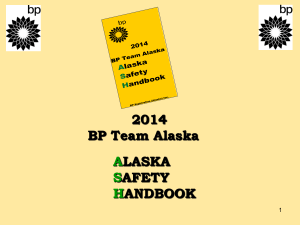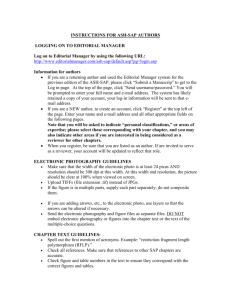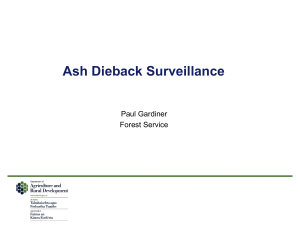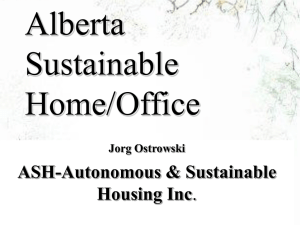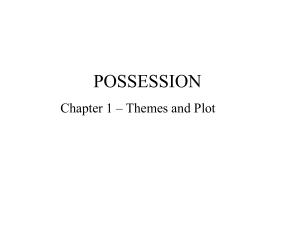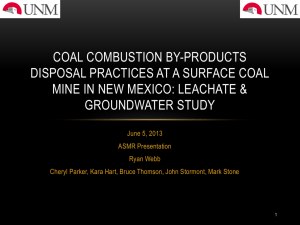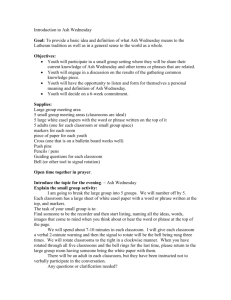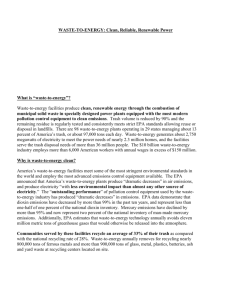Waste-To-Energy Ash Residue
advertisement
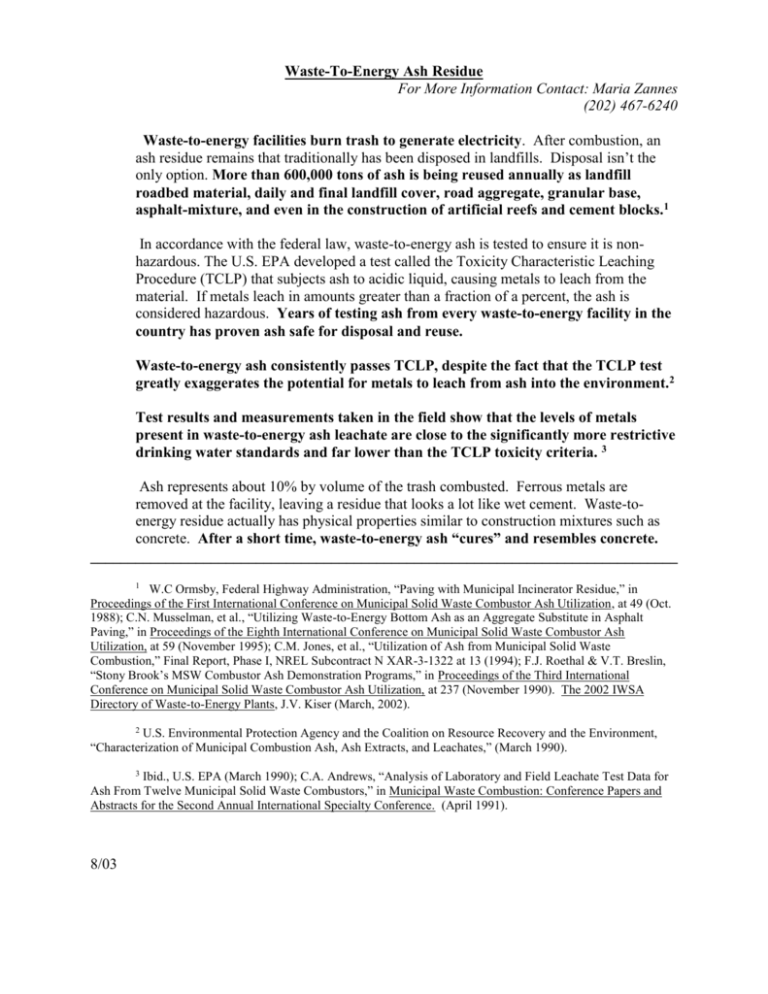
Waste-To-Energy Ash Residue For More Information Contact: Maria Zannes (202) 467-6240 Waste-to-energy facilities burn trash to generate electricity. After combustion, an ash residue remains that traditionally has been disposed in landfills. Disposal isn’t the only option. More than 600,000 tons of ash is being reused annually as landfill roadbed material, daily and final landfill cover, road aggregate, granular base, asphalt-mixture, and even in the construction of artificial reefs and cement blocks.1 In accordance with the federal law, waste-to-energy ash is tested to ensure it is nonhazardous. The U.S. EPA developed a test called the Toxicity Characteristic Leaching Procedure (TCLP) that subjects ash to acidic liquid, causing metals to leach from the material. If metals leach in amounts greater than a fraction of a percent, the ash is considered hazardous. Years of testing ash from every waste-to-energy facility in the country has proven ash safe for disposal and reuse. Waste-to-energy ash consistently passes TCLP, despite the fact that the TCLP test greatly exaggerates the potential for metals to leach from ash into the environment.2 Test results and measurements taken in the field show that the levels of metals present in waste-to-energy ash leachate are close to the significantly more restrictive drinking water standards and far lower than the TCLP toxicity criteria. 3 Ash represents about 10% by volume of the trash combusted. Ferrous metals are removed at the facility, leaving a residue that looks a lot like wet cement. Waste-toenergy residue actually has physical properties similar to construction mixtures such as concrete. After a short time, waste-to-energy ash “cures” and resembles concrete. ______________________________________________________________________________ W.C Ormsby, Federal Highway Administration, “Paving with Municipal Incinerator Residue,” in Proceedings of the First International Conference on Municipal Solid Waste Combustor Ash Utilization, at 49 (Oct. 1988); C.N. Musselman, et al., “Utilizing Waste-to-Energy Bottom Ash as an Aggregate Substitute in Asphalt Paving,” in Proceedings of the Eighth International Conference on Municipal Solid Waste Combustor Ash Utilization, at 59 (November 1995); C.M. Jones, et al., “Utilization of Ash from Municipal Solid Waste Combustion,” Final Report, Phase I, NREL Subcontract N XAR-3-1322 at 13 (1994); F.J. Roethal & V.T. Breslin, “Stony Brook’s MSW Combustor Ash Demonstration Programs,” in Proceedings of the Third International Conference on Municipal Solid Waste Combustor Ash Utilization, at 237 (November 1990). The 2002 IWSA Directory of Waste-to-Energy Plants, J.V. Kiser (March, 2002). 1 2 U.S. Environmental Protection Agency and the Coalition on Resource Recovery and the Environment, “Characterization of Municipal Combustion Ash, Ash Extracts, and Leachates,” (March 1990). Ibid., U.S. EPA (March 1990); C.A. Andrews, “Analysis of Laboratory and Field Leachate Test Data for Ash From Twelve Municipal Solid Waste Combustors,” in Municipal Waste Combustion: Conference Papers and Abstracts for the Second Annual International Specialty Conference. (April 1991). 3 8/03 Waste-to-Energy Ash Reuse Projects In July 1996, 750 feet of Center Drive in Elizabeth, New Jersey, was paved with a mixture of asphalt and ash from the Warren County Waste-to-Energy facility. Completed in May 1993, 1,150 feet of U.S. Route 3 in Laconia, New Hampshire, is paved with a mixture of asphalt and ash from the Concord Waste-to-Energy facility. Blocks produced from MWC ash and concrete were used to construct about 150 feet of revetment to help restore a badly eroded section of beach at Rudee Inlet in Virginia. Honolulu, Hawaii’s waste-to-energy plant is studying and demonstrating the safe reuse of its ash as landfill cover and roadbed construction material. In 1979, ash from the Saugus, Massachusetts waste-to-energy plant was used on nearly a mile of Route 129 near Boston as part of the asphalt pavement. A 1991 Federal Highway Administration (FHWA) report indicated the roadway was in excellent condition. The FHWA in 1974 and 1977 used ash as a road base material on an access road and residential street in Houston, Texas. Los Angeles is using waste-to-energy ash as a sub-base for landfill roads. The parking lot and access road at the SEMASS waste-to-energy facility is paved with an ash-asphalt mixture. In 1990, the New York State Department of Environmental Conservation approved the use of ash as a gas venting layer material in the closure of the Blysdenburg Landfill. Ash is used in Pennsylvania’s Lanchester Landfill in Honey Brook as daily cover and as roadbed material for on-site roads. The City of Long Beach, California, uses ash as daily cover at the County landfill. A portion of the ash from a waste-to-energy facility in Camden County, New Jersey, is used as daily cover material at a landfill in Pennsylvania. The Pinellas County, Florida waste-to-energy plant has been using its ash since 1984 as daily landfill cover and road base and for berm construction on a site owned by the County. In October 1990, researchers at the State University of New York used more than 9,000 ash blocks to build a boathouse. In 1987 and 1988, the researchers built two artificial reefs using ash blocks in Conscience Bay. The ash blocks have shown no deterioration of structural integrity, as opposed to standard blocks which are breaking apart. 8/03 8/03

